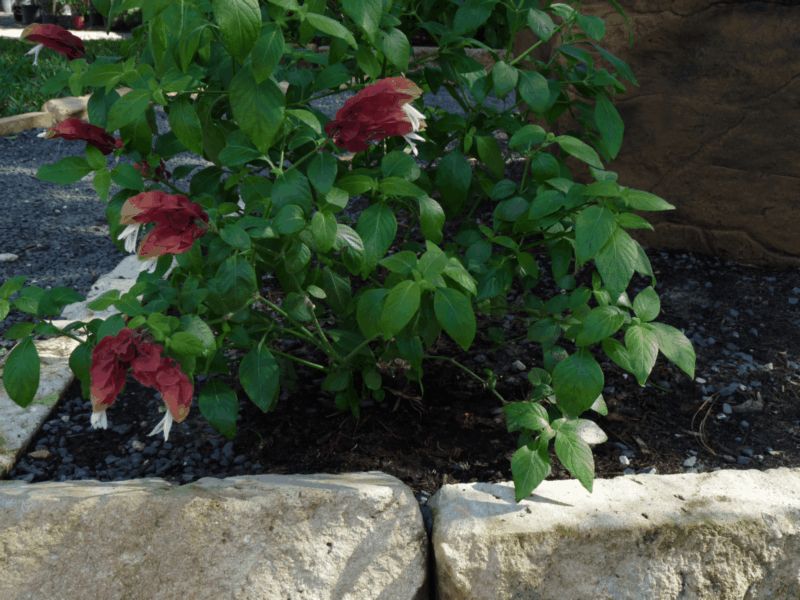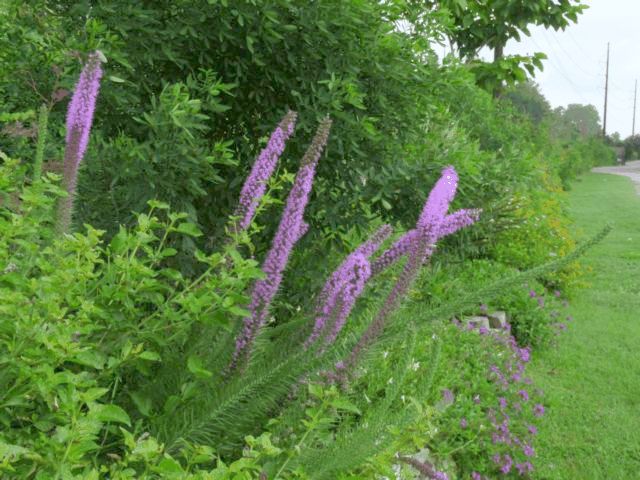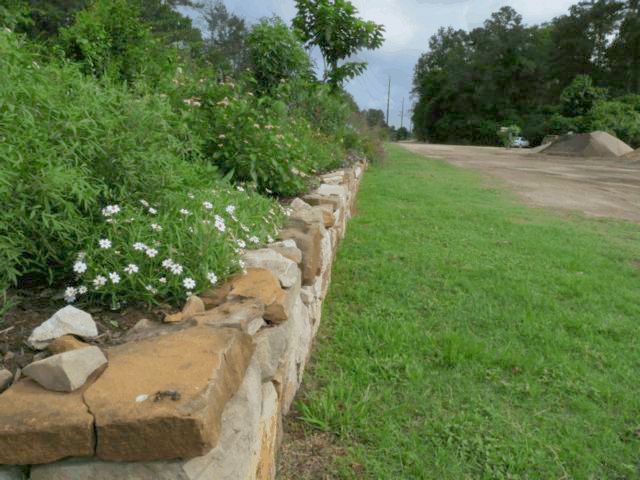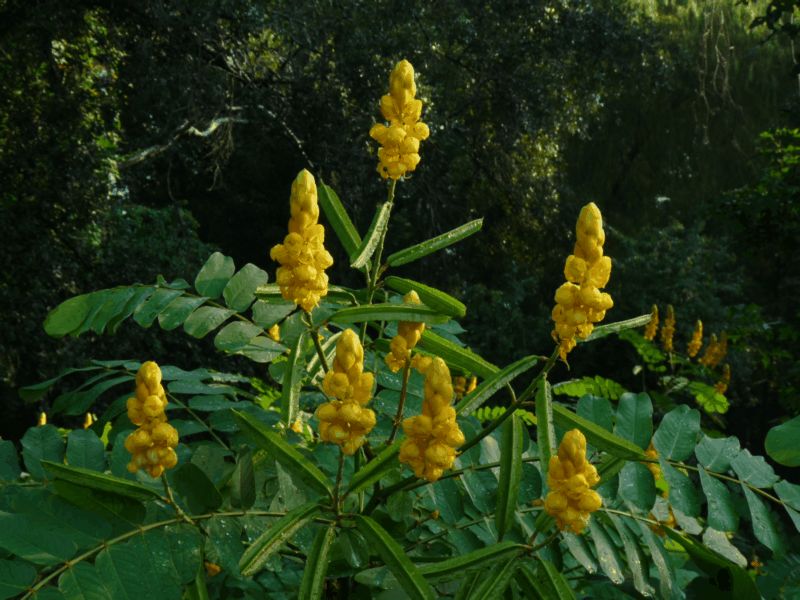




KILLER COMPOSTS
Most states do not have regulations governing the type or quality of products called "compost." As a result, many so called compost products range from quite poor to even very bad for plants. These "Killer Composts" are often caused by common herbicides.
Washington State University was the first to discover the link between persistent herbicides and plant kills caused by compost. Other kills have been confirmed in almost every state (Washington, California, Pennsylvania, Texas, Maine, etc.) and in many other countries such as New Zealand, Great Britain, and many more.
Damage shows up as cupped leaves, distorted fern-like foliage, pale color, distorted growth with prominent veining, stunted growth that does not produce crops, and death of the plant.
In 2008, thousands of gardens in Great Britain have been destroyed by compost containing the herbicide Aminopyralid.
Many types of herbicides are used to treat our lawns, pastures or hay fields for weeds. The grass clippings and hay are often used in making compost. Grass, hay and even grain are also used as animal feed, then the manure and bedding are used to make compost.
Many of these herbicides are so toxic and persistent in the environment, that a horse or cow can eat the treated hay or grain, then pass through the animals digestive system and be excreted in the animals manure and urine, be absorbed in the bedding, collected and then composted and still kill plants!
The break down rate of an herbicide is often expressed as half-life (the number of days for 50% of the chemical to be degraded or broken down into harmless components). If an herbicide breaks down quickly it must be applied more often, hence the chemical companies try and make the herbicide more persistent. If an herbicide is more persistent, then when it is used, applicators do not have to apply it as often, saving them money. This is a great marketing tool and justifies a higher price for the herbicide product (i.e. profit). If an herbicide has a half-life of 30 days or less in the soil it is considered "non-persistent" while herbicides that have half-life of over 100 days are considered persistent.
Persistent Herbicides
- Aminopyralid - released in 2005 for use on pastures to control perennials weeds has been associated with the loss of thousands of home gardens in Great Britain in 2008. It is found in the products Milestone, Cleanwave and Forefront. It has a reported half life of 533 days in the soil and is now being used in the USA. Broad leafed vegetables and plants are the most susceptible (e.g. roses, tomatoes, potatoes, lettuce, carrots, beans, and peas).
- Clopyralid - Found in the products Tordon, Confront, Lontrel, Stinger, Transline, Trupower, Millennium, and Millennium Ultra. It can cause severe eye damage including permanent loss of vision in humans. The active ingredient in Confront has been found in compost that killed home and nursery plants in Washington, Pennsylvania, Texas, New Zealand and many more places. It is extremely toxic to composites (sunflowers, marigolds, lettuce), legume crops (beans and peas), and nightshades (eggplant, peppers, tomatoes and potatoes). It will cause damage at levels 50,000 times lower than allowed on grass. Even after 1 year of composting, levels have been measured that are 10-100 times greater than required to harm sensitive plants.
- Triclopyr - Found in the products Garlon, Turflon, Access, Redeem, Release, Weed-B-Gone, Crossbow, Grazon, ET and many others. It is resistant to decomposition with half-life of 30-90 days in soil. However, the half-life of the breakdown products ranged from 8-279 days. It inhibits the growth of many beneficial fungi such as the mycorrhizal) and prevents nitrogen fixation by microbes.
- Picloram - Used to kill weeds on pasture and rangeland, railroad tracts, easements along power lines, water soluble and very mobile. One study found that it may take several years to degrade in the soil. It has been found to be the active ingredient in many toxic compost's from around the country. Found in many herbicide products.
- Simazine - Found in the products Simazina, Atanor, Gesatop, Princep, Calibar 90, Simazine, and many others. Extremely resistant to decomposition and 50% has been found in soil up to two years after application depending on soil type. The usage has been banned in Europe.
- Aminocyclopyrachlor - Found in the product Imprelis, Viewpoint, Streamline and Perspective. The tree species Norway Spruce and White Pine are extremely sensitive.
- 2,4-D - Used in over 1,500 products including Agent Orange. It does break down after thorough composting but over one year required.
Herbicide Breakdown
Breakdown rate of herbicides in compost is influenced by many factors. These include the starting materials (feedstock's), the composting techniques or process used, time factor (length of composting), moisture content, etc.
For herbicides to break down in a compost pile it requires several things to occur:
1) It requires microbes found in anaerobic conditions (without oxygen) as well as microbes found in aerobic conditions (with oxygen).
2) Also many herbicides or components of the herbicide are only broken down by various fungus species.
3) It requires long periods of time (enough time for multiple half-life's to occur).
There are currently two main methods of commercial composting called windrows and static piles. The windrow methods are smaller piles that use a machine (sort of like a giant garden tiller) to run
through the pile every few days or more to aerate the pile. The smaller pile size and forced aeration does not allow the anaerobic microbes to grow, and the constant turning of the pile rips the required fungus hyphae to shreds killing the fungus, hence we lose the two major components required to break down herbicides. Windrow methods are very fast, producing compost in only 4-8 weeks thus there is not enough time for the remaining microbes to even begin to break down the herbicide.
The other method of commercial composting is called the static pile. Feed stocks are mixed and placed in large piles from 10-12' tall to over 50' tall, 25-30' wide and hundreds of feet long. These piles
are only turned a few times from start to finish hence the required good fungus is allowed to grow and colonize the piles. Small areas will form inside the big piles that will become anaerobic. Some of
the microbes (facultative microbes) will change their metabolism to work in the low oxygen environment. This change is what allows them to break down the herbicides and other material. After breaking
down the material, oxygen can reenter the pocket and the microbes switch their metabolism back to use oxygen. Composters that use the static pile method will compost the material from 6 months to over 3
years! This allows for many half-life cycles to occur breaking the herbicides down into harmless components.
These persistent toxic herbicides are often used on pasture land, hay fields, grain crops, and grasses. The most commonly occur when cattle are fed hay or silage (grain) from fields that had been sprayed with herbicides for weed control. The animal bedding and cow manure become saturated with these herbicides. The manure and bedding, are then composted and we now have killer composts. The highest herbicide levels are found in compost made from hay, grass clippings, cow manure and bedding and poultry manure and bedding.
Gardeners should be wary of buying the low cost composts that contains cow or poultry manure as the chance of encountering herbicide residues and the resulting problems greatly increases.
Ultimately we are responsible for what we put on our yards and gardens….and when one buys something cheap, they get what they are paying for.
At Natures Way Resources we do not use any cow manure or poultry manure in our products; we use the static pile composting method and test on a regular basis for maturity there by ensuring a quality compost for our customers. This allows for many half-life cycles to occur to ensure that there are no herbicide residuals in our compost. A few years ago when the first Killer Compost scare occurred in Texas, TCEQ (Texas Commission on Environmental Quality) tested our leaf mold compost and found that there were zero detectable herbicides residues.
References:
"Persistent Herbicides in Compost", D. Bezdicek, M. Fauci, D. Caldwell, R. Finch, and J. Lang, BioCycle, July 2001, p. 25
"Occurrence, degradation and fate of pesticides during composting", Buyuksonmez Fatih, Robert Rynk, T. Hess, and E. Bechinski, Compost Science and Utilization, 1999- 7(4):66-82 (Part I), 2000- 8(1):61-81 (Part II)
"Fate of Selected Pesticides applied to Turf grass: Effect of composting residues", C. Vandervoot, M. Zabik, B. Branham, D. Lickfeldt, Bulletin Environmental Contamination and Toxicology, 58:38-45, 2000 WSDA Case 003S-00
"The Herbicide Contaminated Compost Issue", D. Pittenger, J. Downer, Landscape Notes, University of California Cooperative Extension, Vol.16, No. 1, June 2002
"Testing Compost", M. Watson, Ohio State University Fact Sheet, ANR-15-03
"Compost Fundamentals- Considerations before choosing a compost method" Washington State University
"Phytotoxicity of Compost Treated with Lawn Herbicides Containing 2,4-D, Dicamba and MCPP", G. Bugby and R. Saraceno, Connecticut Agricultural Experiment Station, Bulletin Environmental Contamination and Toxicology, (1994) 52:606-611
"Herbicide - tainted Manure may be toxic to tomatoes", High Plains/Midwest Ag Journal
"Penn State Researchers uncovers Clopyralid in Compost", N. Houck and E. Burkhart, BioCycle, July 2002, p. 32
Internet: Numerous references
EXTONET (Extension Toxicology Network) - A collaborative effort by many universities.
Journal of Pesticide Reform - Herbicide Fact Sheets
Sprecher Institute, Cornell University - Pesticides and Breast Cancer Risk: Simazine
Californians for Alternatives to Toxics - Simazine
PAN Pesticides Database - Chemicals
"Yet Another Persistent Herbicide Found in Vermont Horse Manure, Commercial Feed and Compost", BioCycle, August 2012.